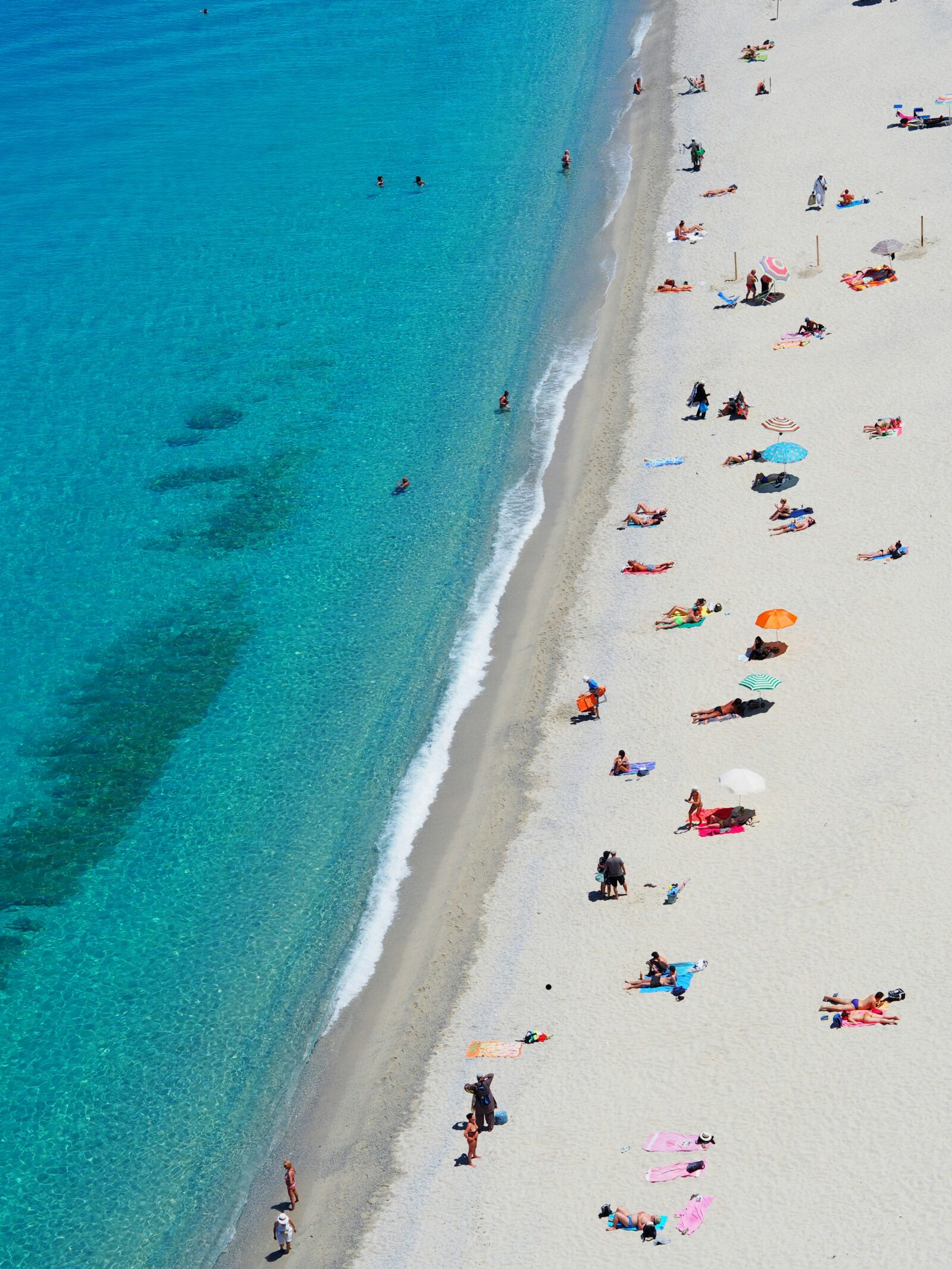Like many tropical locations, Hawaiʻi is a sought-after destination by tourists. It boasts white sand beaches, warm water and stunning mountains. However, these very things that draw tourists are also threatened by the burden of tourism.
Over 9.4 million visitors came to Hawaiʻi in 2023, spending $20.78 billion and generating $2.41 billion in tax revenue. These high fiscal numbers keep Hawaiʻi reliant on tourists, but the high visitor numbers also put a strain on the islands.
The sheer number of people and bodies that pass through the islands every year inevitably degrades the natural resources, from the sunscreen-poisoned reefs to the over-trampled and not-so-secret hiking trails. Even indirectly, the prevalence of tourists jetting around the world does nothing to curb the effects of climate change, a phenomenon that has been seen to disproportionately impact small island communities. Factors like sea level rise, ocean acidification and pollution all impact Hawaiʻi and its biggest commodity: its beautiful natural resources. Warming oceans and ocean acidification have damaged coral reefs and threatened other marine ecosystems, and sea level rise threatens coastal communities and resorts along the shore.
Another impact of climate change is Hawaiʻi seeing markedly less precipitation in recent years, affecting native ecosystems and reducing freshwater availability for residents. It also leaves many areas more prone to wildfires. In Aug 2023, a massive fire swept through Lahaina, Maui, destroying the town and killing 100 people. It is projected to cost about $6 billion to repair, with many businesses and residences completely flattened.
In an effort to mitigate these impacts, the state of Hawaiʻi is looking for ways to address the damaging environmental impact of tourism. They need to set up a fund for restoration and mitigation projects to make their natural resources sustainable. The state government has proposed a tourism tax, which many other tourism-based economies have adopted before.
If the climate tax were implemented, each visitor would need to pay a $25 fee to the islands, and it would go towards the protection of Hawaiʻi’s natural beauty and biodiversity from climate change. In particular, it could be used for wildfire and flood prevention, coral reef restoration, green infrastructure, land management and emergency supplies. Hawaiian Governor Josh Green estimates the tax could bring about $68 million per year to the islands.
In 2023, the legislature considered a $50 green fee for visitors to access state parks and beaches, but the measure did not pass. Legislators are hoping this one will be more successful. Other possibilities are year-long passes for popular hiking trails and parks or increasing the state hotel tax, which is already among the highest in the country.
In a survey of hundreds of tourists to Hawaiʻi, four of ten said they would be willing to pay 10% more at restaurants to make sure local suppliers would profit more than the food supply chain. They would pay more during their stay to support Hawaiian people and Hawaiian culture. This shows a certain public willingness to pay for environmental preservation. Even if they don’t love the cause, most tourists to Hawaiʻi would likely pay an extra $25 to be able to spend their vacations there. The concern would be putting additional strain on a recovering tourism sector. However, tourist numbers have nearly rebounded to pre-pandemic levels, with numbers now at 97% of what they were in 2019.
The tourism industry is a double-edged sword for Hawaiʻi and other similar economies. On the one hand, tourism degrades resources and limits local supply for residents. For example, in 2022, the government limited the water accessible to residents on West Maui due to severe drought and a depletion of water supplies. The catch, though, was that no such sanctions were placed on the tourism sector, which uses up about 45% of Hawaiʻi’s water.
On the other hand, however, Hawaiʻi’s economy is so heavily based on tourism that a decrease in tourism and revenue would severely affect the economic well-being of residents. About a quarter of Hawaiʻi’s GDP comes from the tourism industry, supplying about 216,000 jobs in the state. Approximately 70% of every dollar is generated directly or indirectly from the tourism industry.
Thus, when an event like the COVID-19 pandemic or the Lahaina wildfires happens, the decrease in tourism has mixed effects on residents. In the case of the pandemic, many locals were relieved to see beaches and hiking trails finally empty again, ecosystems allowed to bounce back from overuse. The other side of the coin, though, was an economic depression for many who depended on tourism for their incomes.
Similarly with the Lahaina wildfires, immediately after the event tourists were told to stay away; locals needed time to rebuild, process and grieve. Two months in, though, residents were losing about $9 million per day from a lack of tourists. The 8,000 people who used to arrive on Maui per day had fallen to 2,000. Unemployment skyrocketed, and without the reinstitution of tourists, hardships could get even worse for the people in the area. However, at the same time, when the area reopened for visitors, 10,000 people signed a petition for it to remain closed. They still were not back on their feet after the fires and were not prepared to deal with foreign visitors. There was no good solution.
Another downside of tourism in the islands is the gentrification. The rising costs of food and housing driven by tourism put a strain on residents. As a result, many locals struggle financially for food and housing and can end up on the street while mega-mansions owned by foreign investors sit empty.
Cultural degradation from tourism is also an issue, in which many Native Hawaiians feel their culture is commoditized by foreigners and the tourism industry, such as with their language or cultural practices like hula.
Evidently, tourism has wide ripple effects on many aspects of life on the islands. It’s important to put money towards revitalizing natural beauty and continuing to support the tourism industry, but putting money from tourists toward mitigating these other consequences should be considered in the future. Funneling money back into the pockets of locals for food, housing or business could be a measure worth considering down the line.
Allocating part of the tourism tax revenue to native Hawaiians is beneficial to the revitalization of Hawaiian culture. The Hawaiʻi Tourism Authority has created programs in the past that put tourism money toward cultural revitalization initiatives, but a formal system should be set up to continue this work of funneling tourist dollars toward the native people.
Overall, Hawaiʻi’s proposed tourism tax is a move toward mitigating the consequences of heavy tourism on the natural environment. However, other consequences of tourism also call for awareness. This includes the impacts on housing prices and cultural degradation. Providing funds for these causes is vital to the future of Hawaii.
The views expressed in opinion pieces do not represent the views of Glimpse from the Globe.








